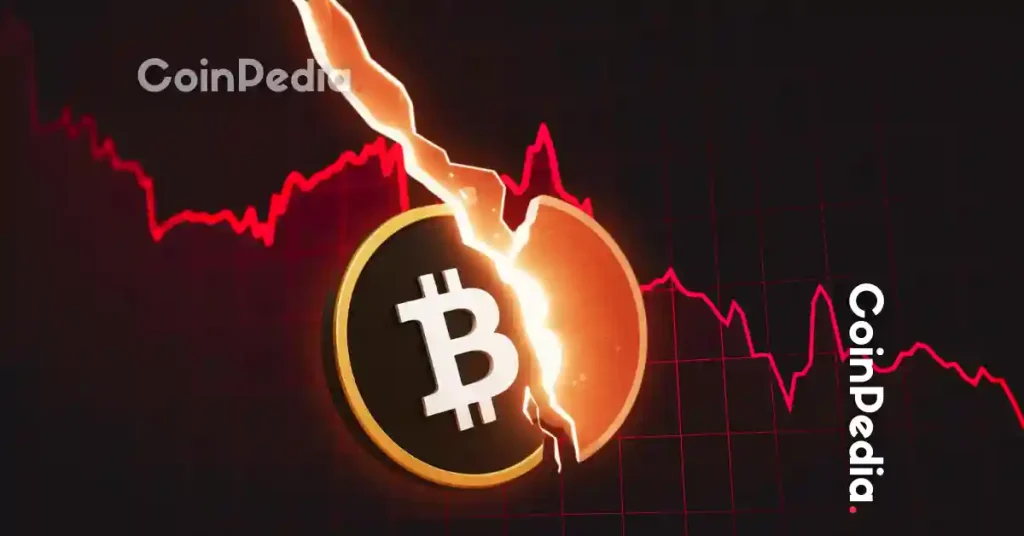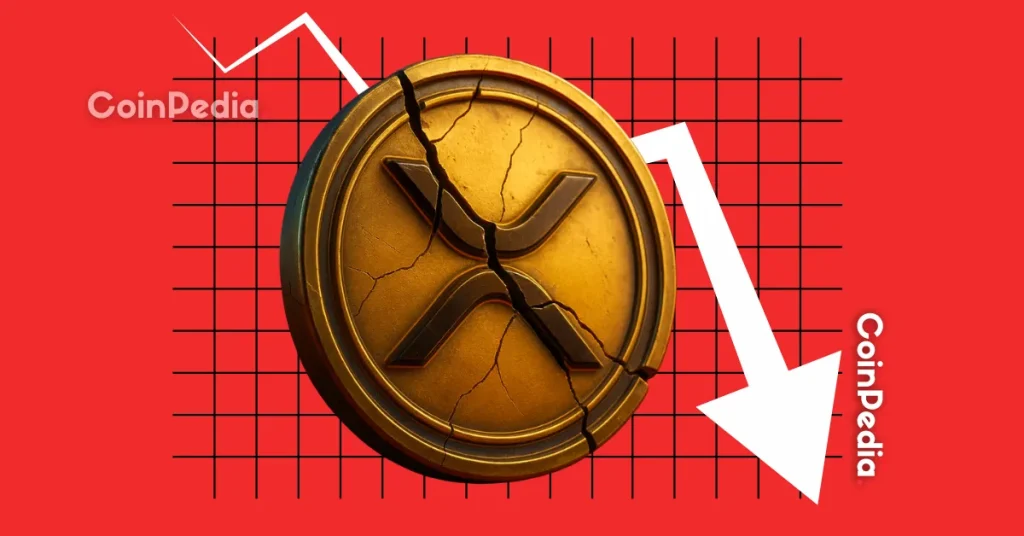
For the global stablecoin market, 2023 has been a year of unprecedented developments that will shape the future of digital currencies. In addition to technological advances and innovations, there have also been significant changes in the regulations governing digital assets.
Survive a complex regulatory environment
The stablecoin market in 2023 has undergone a transformation due to significant regulatory developments. Given that the United States is by far the leading market for stablecoins, the Financial Stability Board (FSB) recommendation advocating for comprehensive regulation and oversight of global stablecoin arrangements is extremely important. It became a thing.
These guidelines aim to foster a uniform approach to managing stablecoins within the international financial system and highlight the potential impact of stablecoins on global financial stability. ing.
Elsewhere, discussions at this year’s G20 revealed divided views, especially among emerging economies, over concerns about the disruptive potential that stablecoins could have on governments’ monetary policies.
This has led to calls for a stricter regulatory framework, reflecting the need to balance financial innovation with national economic safeguards. In October, the G20 adopted a crypto asset roadmap to harmonize a global policy framework for crypto assets, including stablecoins. The roadmap also takes into account the impact on emerging markets.
Regulatory status in each country
In the UK, the Financial Conduct Authority (FCA) and the Bank of England (BOE) are working towards finalizing regulations by 2025, demonstrating a commitment to safely embedding stablecoins into the financial ecosystem. It shows.
Similarly, the EU’s Markets in Crypto Assets (MiCA) regulation sets high standards for the supervision of stablecoins, setting specific capital and liquidity requirements for issuers. The United States is also moving ahead with legislation with various proposals to regulate stablecoins.
In Asia, Japan is leading the way in developing a comprehensive stablecoin regulatory framework. The Monetary Authority of Singapore (MAS) has finalized the framework for a single currency stablecoin, and Hong Kong is preparing to introduce a regulatory framework by the end of 2024.
A turbulent year
It’s been a roller coaster year for the stablecoin market. The search for reliable alternative options began with the announcement that the Binance-branded BUSD, which is pegged to the US dollar, will no longer be issued and supported in 2024.
Major stablecoins, including USD Coin (USDC) and Dai (DAI), then suffered depeg during the March banking crisis, raising concerns about their credibility.
Binance’s recommendation of TrueUSD (TUSD) and Tether (USDT) to replace BUSD and maintain their status as “trusted” stablecoins despite regulatory and transparency challenges is significant in the evolution of the market. It was a great moment.
Further emblematic of market volatility, Moody’s Analytics has released a report stating that major large fiat stablecoins have been depegged more than 600 times in 2023.
Recruitment in mainstream financial operations
Major companies like Visa, Mastercard, and Checkout.com have adopted stablecoins for a variety of uses this year.
Visa has expanded its stablecoin payment capabilities and launched a pilot program with Circle’s USDC using the Solana blockchain.
Mastercard has teamed up with Immersve to enable crypto payments in New Zealand and Australia.
Checkout.com has launched a stablecoin payment solution, offering merchants flexible payment services 24 hours a day, 365 days a year, even on weekends and holidays.
Future outlook
After 2023, it is clear that the stablecoin market is at an important crossroads. The regulatory environment around the world reflects a concerted effort to safely integrate stablecoins into financial systems.
Although these regulatory efforts differ in approach and scope, they share the common goal of leveraging the potential of stablecoins while mitigating the associated risks.
Despite facing major challenges, the market is showing resilience and adaptability. The evolution of stablecoins appears to be tilted towards increased regulatory compliance and a gradual shift towards a more transparent decentralized model. This promises a more secure and stable future for this important sector of the crypto economy.
This year has been a pivotal year for stablecoins, marked by a broader regulatory push aimed at ensuring their stability and security.
Despite some challenges and market fluctuations, the uptake and integration of stablecoins into both the crypto-asset ecosystem and traditional finance has given rise to their growing importance and potential for continued growth and innovation. It shows.
The trajectory of the stablecoin market points to a future where stablecoins play an integral role in the broader financial landscape. In this regard, stablecoin issuers would be wise to focus on transparency, risk management, and having appropriate governance structures in place in 2024 to strengthen confidence and safeguards around redemption integrity.
|Translation and editing: Akiko Yamaguchi, Takayuki Masuda
|Image: Shutterstock
|Original text: 2023: A Critical Juncture for the Global Stablecoin Market
The post 2023: A key turning point in the stablecoin market | CoinDesk JAPAN appeared first on Our Bitcoin News.

 1 year ago
110
1 year ago
110














 English (US) ·
English (US) ·